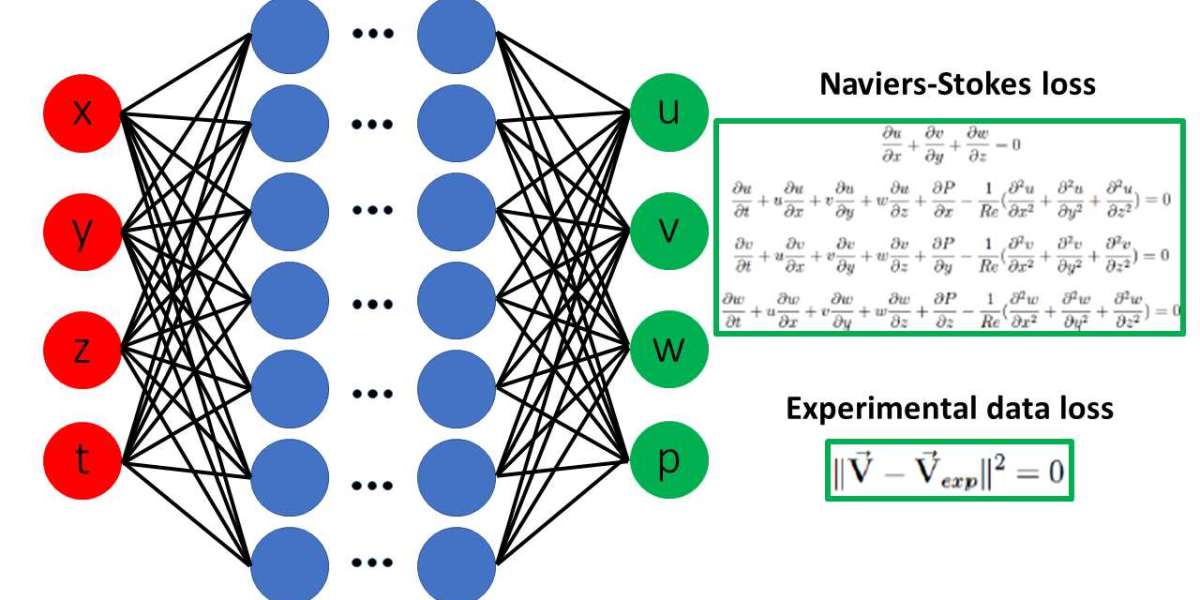Adopting this simple habit improves our relationship with ourselves and with others.
From the time we get up until we get into bed, and even while we sleep, thousands of thoughts swarm through our heads keeping us mentally busy almost 24 hours a day. That would not be a problem if that barrage of thoughts were compatible with the balance and serenity that we need to live in a state of mental and emotional well-being. Yet many people find themselves unable to handle day-to-day life and feel overwhelmed by the myriad responsibilities associated with work, family, or personal relationships.
But, how to reconcile the dizzying daily grind in which we live with the inner peace that we need? The answer lies in meditation techniques. In the same way that we put an order at home or on our agenda every day, it would be very beneficial for our health if we did the same with our minds. This is corroborated by the results of numerous studies such as that of the Johns Hopkins Medicine center, according to which practicing about 30 minutes of meditation a day can reduce the symptoms of anxiety and depression. Thus, Madhav Goyal, a researcher at Johns Hopkins University and director of the study, published in the journal JAMA Internal Medicine, states that "meditation seems to provide relief similar to that found with antidepressants in other studies."
Along the same lines, Miriam Subirana, a doctor from the University of Barcelona, a writer, and a professor of meditation and mindfulness, assures that “in the long term, the continuous practice of meditation exercises helps to better face the bumps in life, overcome crises with greater inner strength and be more ourselves under any circumstance”.
"The gateway to meditation is breathing," says Subirana. And it is that "focusing our attention on breathing, on the sensations experienced by our body, our muscles, etc., facilitates temporary changes on a physical and mental level," adds psychologist and coaching expert Eva Hidalgo.
You may also be interested to learn about psychic here Absolutely Free Psychic Reading
We have extracted from the book Mental Serenity (Obelisco, 2011) by Miriam Subirana, a brief summary on how to perform a basic meditation:
- Find a quiet and cozy place. Putting on a dim light and soft music can help to create the right atmosphere.
- Sit on the floor with your back straight, but without tension, breathing deeply and keeping your shoulders and arms relaxed.
- With your eyes open, choose a point in front of you and leave your gaze there, while little by little all distractions disappear.
- Observe thoughts without judging or retaining them, just observing them.
- Next, create positive thoughts and images of yourself, visualize them, and hold them for a few minutes.
- To finish, close your eyes for a few moments creating complete silence.
Of course, like any other habit, acquiring the habit of practicing meditation requires perseverance, dedication, and patience, since before we can witness its short-term effects, some time needs to pass. In fact, according to Subirana, "21 days is how long it takes for the first symptoms to appear that something is changing inside us." However, if what we are looking for is a radical change in our life, “we must touch our limiting beliefs and free ourselves from them. If we meditate but do not change our lifestyle or our limiting habits, we will be able to improve our relationship with the environment and with others, but there will not be a profound transformation”, assures the expert.
It is not, therefore, a change that occurs overnight, but rather a progression at an emotional level that begins with small sensations such as "the reduction of stress and anxiety or the growth of a more open and relaxed,” explains Subirana.
Acquiring the habit of practicing meditation requires perseverance, dedication, and patience.
As the days go by, if we have been disciplined, we will see how we feel more sure of ourselves. As the writer clarifies, “after a few weeks, the attitude of the meditation practitioner is already visibly different. He feels that he is able to carry out his dreams because he is strongly connected to what motivates him. And that, after all, is what gives us life.
As if that were not enough, according to the coach, the benefits of meditation transcend the psychic: “The improvements affect all levels, the digestive system begins to function better, we are more flexible, we reduce headaches and we feel more vital and energetic”. The theory with which Eva Hidalgo agrees is based on the existence of various studies that corroborate this statement. One of them is the one published in 2013 by the American Heart Association in which it is stated that Transcendental Meditation can be considered a real treatment for high blood pressure since its effectiveness in lowering it has been proven.
Getting to that desired state of well-being thanks to meditation is not magic, it is the result of effort and the daily practice of exercises associated with systematized techniques that combine physical and mental aspects, and that, broadly speaking, can be grouped into those that "use the breath and the body more, those that are based on visualization and those that focus on mantras," explains Subirana, who practices creative meditation, a technique that focuses on contemplation and the expansion of consciousness.
For her part, Eva Hidalgo, who practices guided meditation and mindfulness (full attention and awareness), advises her exercise to self-regulate thoughts, calm the mind and focus on the present. She, although she insists on the idea of considering meditation as a "good complementary tool that favors our well-being, that must be accompanied by the rest of the resources that are part of the therapeutic process to ensure its positive effects."



